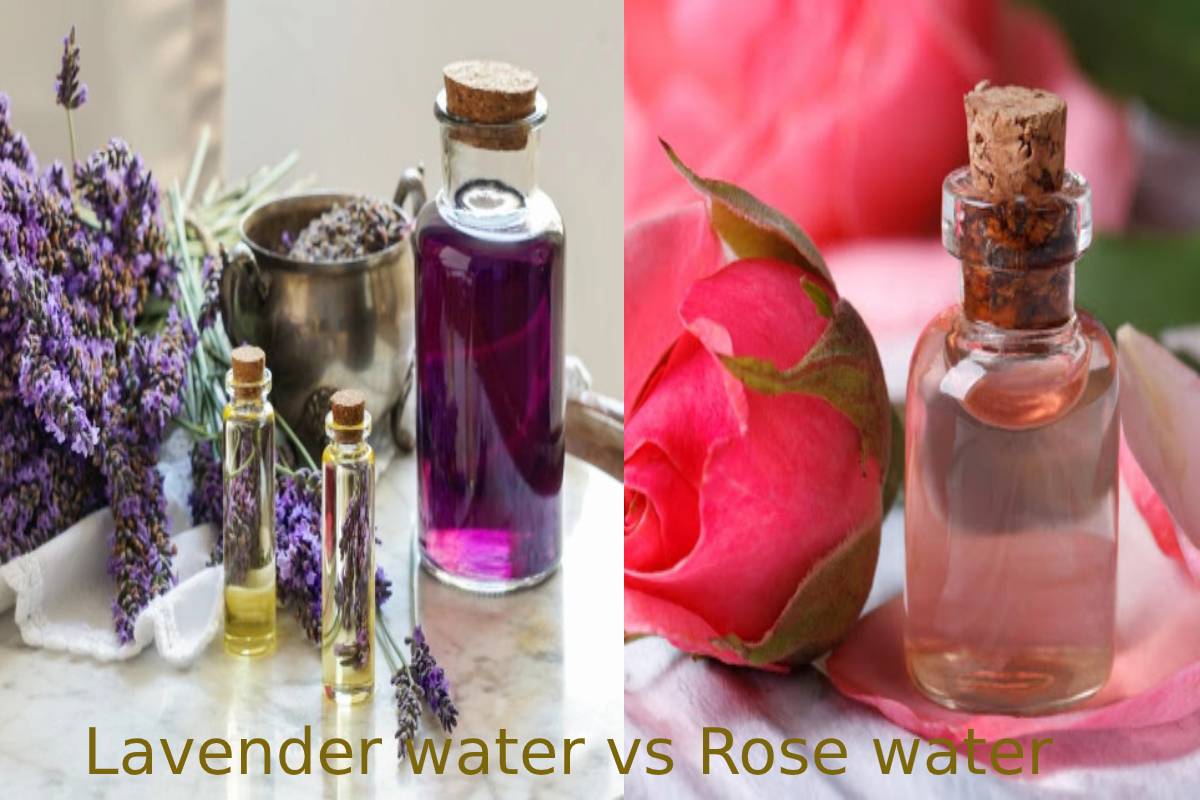Table of Contents
Lavender Water vs Rose Water: A hydrosol and floral water
- Lavender Water vs Rose Water – A hydrosol and floral water are extracted differently but obtained in the same way by distillation.
- Under the action of heat, the water present under the basket turns into vapour and passes through the plants, carrying their aromatic molecules.
- There are often 2 phases whose proportions vary enormously from one plant to another:
- A fatty degree on the surface: it is the essential oil
- An aqueous phase: it is the hydrosol or floral water
- Historically we distinguished FLORAL WATER for hydrosols obtained from flowers (flowering tops: rose, lavender, yarrow, carrot).
- And HYDROLAT for everything else: when leaves/stems/roots/bark (sage, basil, eucalyptus, mint, rosemary).
- In other words, hydrosols include all the water recovered during distillation, and floral waters represent flower hydrosols.
- We can see that initially, hydrosols and floral waters were the same things.
Classification and Differences
- Lavender Water vs Rose Water – It was just a classification precision in the hydrosol family to distinguish flowering plants from those without flowers!
- However, today, it is a little less straightforward since, looking at the different brands, we find both rose hydrosol and rose floral water, mint hydrosol, and mint floral water.
- Well, it is entirely linked merely to European cosmetic regulations, which seem to have turned all this up a bit.
- Obtained by the flower’s distillation, rose water is a hydrosol that has many benefits for the skin and, particularly, its face.
- We first use it in cosmetics to be of culinary and even therapeutic use since it can relieve, in particular, headaches.
- Two varieties of rose are particularly suitable for cosmetic use: Centifolia (“Hundred-leaves”) and Damask rose.
Rosewater benefits
- Rosewater (or hydrolase) is a real ally for the skin, which will cleanse and tone, without forgetting, of course, its refreshing effect and its subtle scent.
- Astringent rose water is for oily or acne-prone skin. Mature skin will appreciate it for its anti-ageing action.
- And as inner well-being plays a large part in outer beauty, you should also know that olfactory therapy is trendy to ease tensions and help find inner peace.
- It has antiseptic and healing properties that can prevent unsightly marks.
Usage tips
- A few drops of rose water in the bathwater will allow you to notice the sensation of softness and soothing it provides. But that’s not all!
- Rich in essential fatty acids, rose water maintains fibroblasts and the hydrolipid barrier, which helps you keep skin firm.
- Also, it protects against free radicals thanks to the presence of vitamin E in its composition.
- Rosewater has other advantages: anti-inflammatory, it limits the appearance of redness, especially on dry skin.
- It is also straightforward to use since it suffices to spray rose water every morning on your face, bust, and arms to have more toned skin.
Lavender Water benefits
- Lavender Water acts as a toner that in-between skincare steps that many people forget to include in their skincare routine.
- It rebalances and hydrates the skin. It is excellent at removing any dirt or leftover makeup after cleansing.
- However, it leaves your skin ready to absorb your other skincare products.
- And also, it minimizes the enlarged pores when your skin produces too much oil.
- It can also mix with dead skin cells and dirt in a pore, causing the pore to become inflamed.
- Lavender water is adequate at exfoliating the dead skin cells, unclogging, leaving your complexion tightened and radiant.
- Its anti-inflammatory and antibacterial properties are excellent for acne-prone skin.
- It has some other significant calming effects on the skin, like reducing redness while fighting and preventing further skin irritations.
Also Read: Lemon for underarms – Causes, Applications, and Precautions
- MORE INFO:- technologypot

